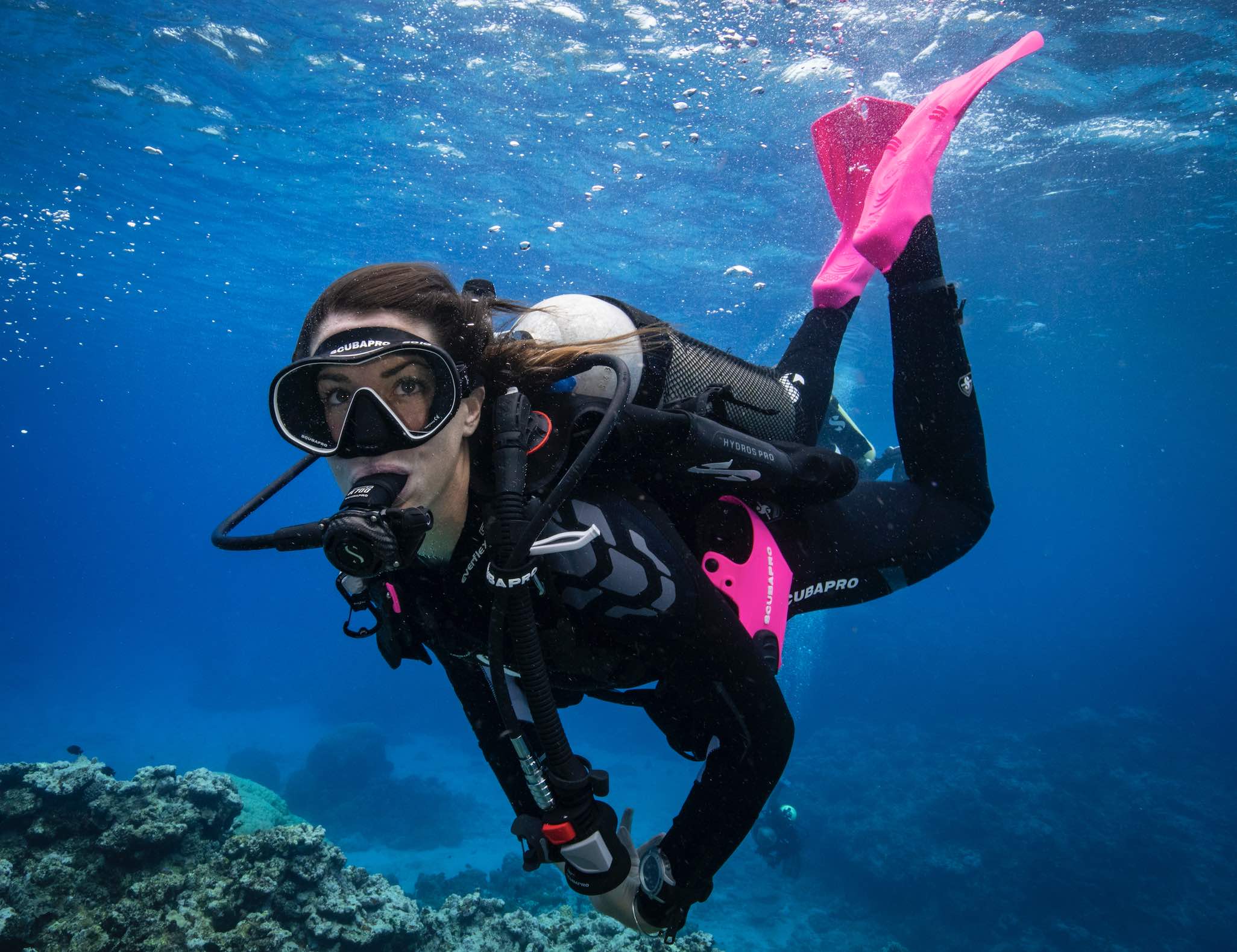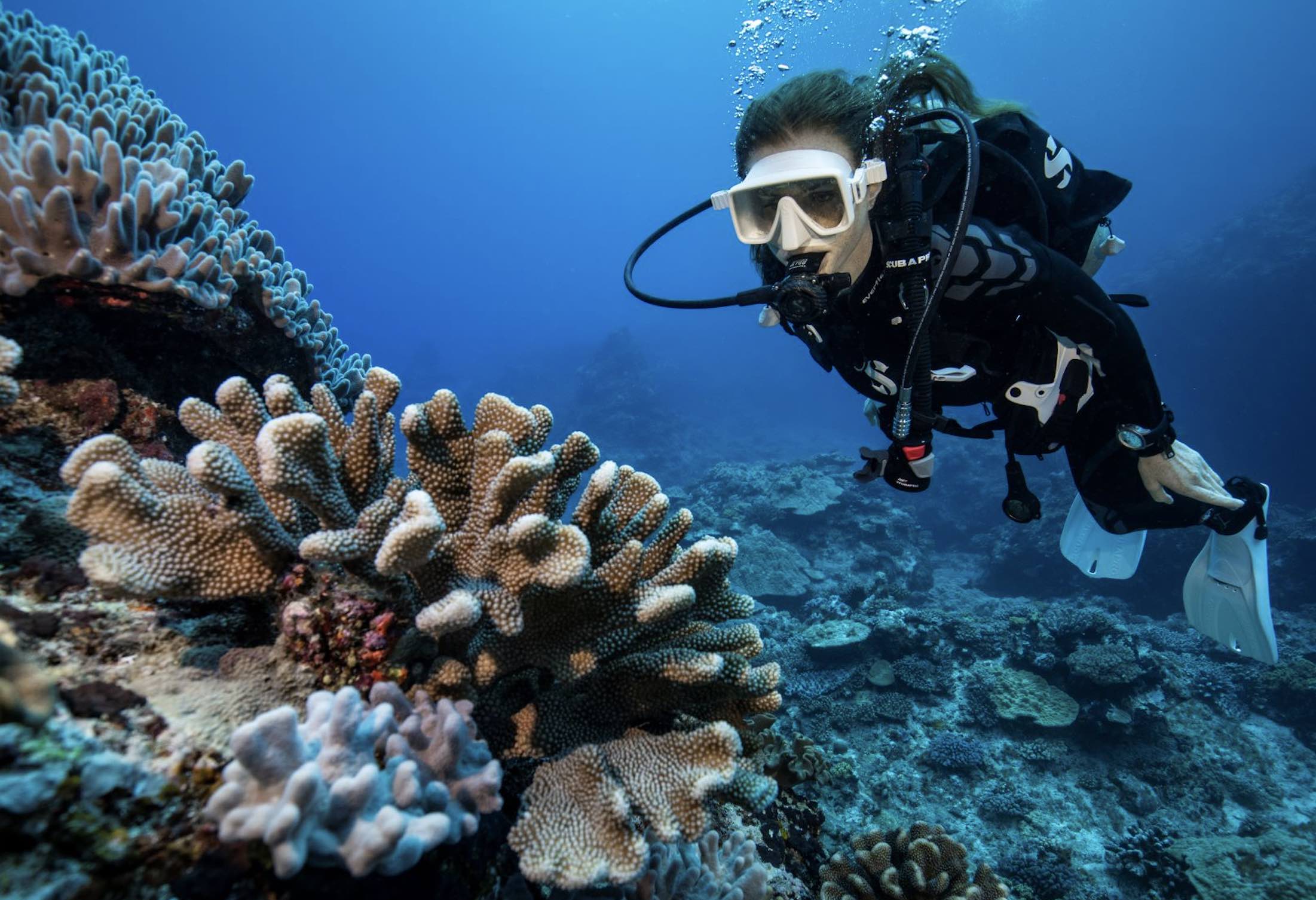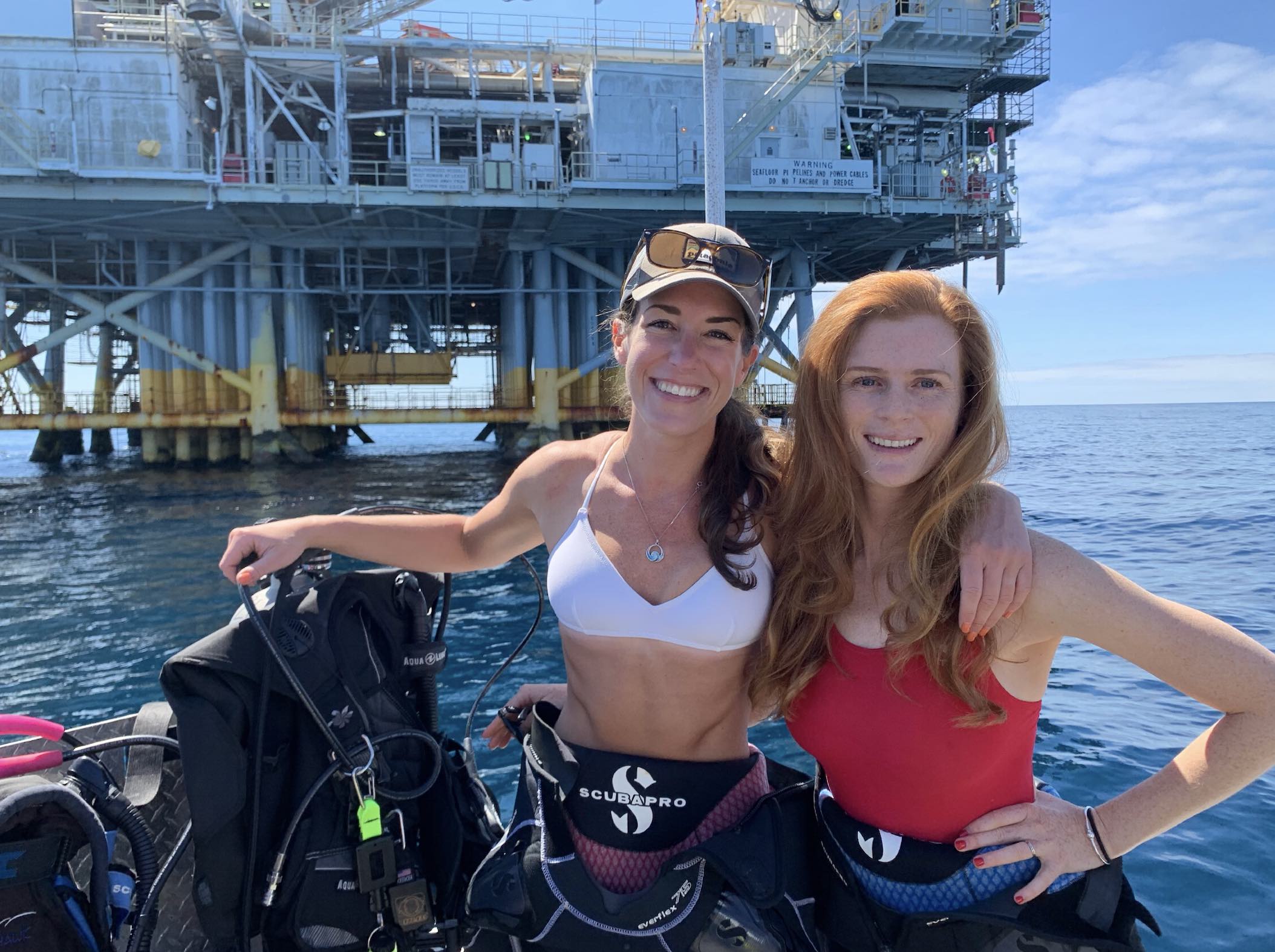Over the last years, impactmania has interviewed 300+ impact makers from 30+ countries. We are revisiting some projects to demonstrate the stamina one must have — keep pursuing what you believe in — to drive change.
We caught up with Emily Callahan and Amber Jackson, Founders of Blue Latitudes.
The original interview is published here.
What has happened with the Rigs-to-Reef (RtR) Program since we last spoke in 2017?
Since our last conversation the Rigs-to-Reefs program has grown to be a reality in new areas of the world including Malaysia. Areas around the world are now also considering the reefing potential of other offshore structures such as offshore wind turbines. Amber and I also started a nonprofit organization, the Blue Latitudes Foundation (BLF) 501(c)3 in 2018. Our mission is to elevate the traditional concept of ocean stewardship by uniting government, industry, and the community to work together to conserve our oceans! In doing so, this foundation strives to explore innovative solutions to traditional marine conservation challenges. Our nonprofit seeks out areas of our oceans where industry and the environment intersect and yet have resulted in a positive benefit to the environment. The Rigs-to-Reefs program is a great example of this.
How many rigs are decommissioned? How many have become reefs?
In the Gulf of Mexico somewhere between 500 and 600 platforms have been reefed, in the Gulf of Thailand 7 have been reefed, there are several in Brunei and there may soon be several platform reefs in Malaysia as well.
What happened to Holly, the platform off the coast of my home, Santa Barbara, CA?
Platform Holly is still undergoing the decommissioning process. The wells associated with Platform Holly are still being plugged and abandoned and the California State Lands Commission (CSLC) will soon be conducting a feasibility study to determine whether complete removal or reefing the platform will provide the most economic and environmental benefit. Stay up to date on the CSLC website.

Emily diving while on expedition in the Kingdom of Tonga.
What are some of your general learnings from your work converting oil platforms into artificial reefs?
Rigs-to-Reefs provides an alternative to complete rig removal in which an oil company chooses to modify a platform so that it can continue to support marine life as an artificial reef. Not all platforms are suitable as reefing candidates, and in order for any platform to be considered for reefing, it must first undergo extensive ecological evaluations to assess any potential value it might add to the local ecosystem. Completely removing an offshore platform is costly and environmentally taxing, especially considering the ecosystems colonizing these structures. Beneath many oil platforms thrives a unique and robust marine ecosystem, with the average structure providing a home for thousands of fish and up to 6 acres of habitat.
RtR provides an alternative to complete platform removal, enabling oil companies to modify their platform structures so that they might continue to support marine life as an artificial reef. Through this decommissioning process, the oil well is capped, and the upper 85 feet of the platform structure is towed to another location, toppled in place, or removed. Repurposing oil platforms as artificial reefs through the RtR program not only provides an environmental benefit by reducing waste and preserving habitat, but also provides opportunities for new industry, such as offshore aquaculture, by upcycling the platform.
We spoke a bit about the complex situation of permit, consequences, and ownership of platforms in the North Sea. Has there been any movement and progress?
Any further development on encouraging the most optimal placement of wind farm turbines off-shore?
Blue Latitudes’ most recent development in understanding the impacts of future wind farm installation is being funded through a National Science Foundation (NSF) grant. Blue Latitudes was awarded a year-long $750,000 NSF grant for our project entitled ‘Advancing Innovative Convergence between Fisheries and Offshore Energy to Drive Adaptive Stewardship of Fisheries Habitat in a Dynamic Blue Economy’, as part of NSF’s Networked Blue Economy research tract within its Convergence Accelerator. This project aims to quantify how fisheries use the highly productive artificial reef ecosystems found on offshore oil and gas platforms and produce tools to better understand the impacts of future offshore development (e.g., wind installations) on fishers. Additionally, the Bureau of Ocean Energy Management (BOEM) has initiated an Environmental Assessment for Offshore Wind in the Gulf of Mexico. You can learn more about this opportunity and other federal programs to investigate the development of offshore wind here.

Amber diving while on expedition in the Kingdom of Tonga.
How are you and Amber? Still co-founders? What was a challenge you had to solve together? I recall there was a wedding?
Amber and I are both doing well and yes, both married now and starting families of our own! I recently moved back to the East Coast to Maine to open up our first bi-coastal office to help position us to tackle projects in the offshore wind space. Along with being co-presidents of the BLF we are also still co-founders of Blue Latitudes LLC which has grown quite significantly in the past four years since our interview with you! Most recently we received our first National Science Foundation (NSF) grant for our proposal titled “Advancing innovative convergence between fisheries and offshore energy to drive adaptive stewardship of fisheries habitat in a dynamic blue economy“, as part of NSF’s Networked Blue Economy (Track E) solicitation. Blue Latitudes will serve as Principal Investigators along with Louisiana State University, LGL Ecological Research Associates and Global Fishing Watch to accomplish the goals set forth by this two-year, $5 million dollar project.
The objective of our project is to accelerate convergence across two distinct ocean-related sectors, fisheries and offshore energy, resulting in improvements to sustainable fishery resources, the understanding of artificial reef ecology and its role in fisheries support, and economic cost-sharing benefits for energy industries and fisheries stakeholders. Our goal will be to quantify how fisheries use the highly productive artificial reef ecosystems found on offshore oil and gas platforms in the Gulf of Mexico by defining the value of these offshore structures as a fisheries resource and extrapolate this valuation process as a model for current and future offshore development (e.g., wind installations).
